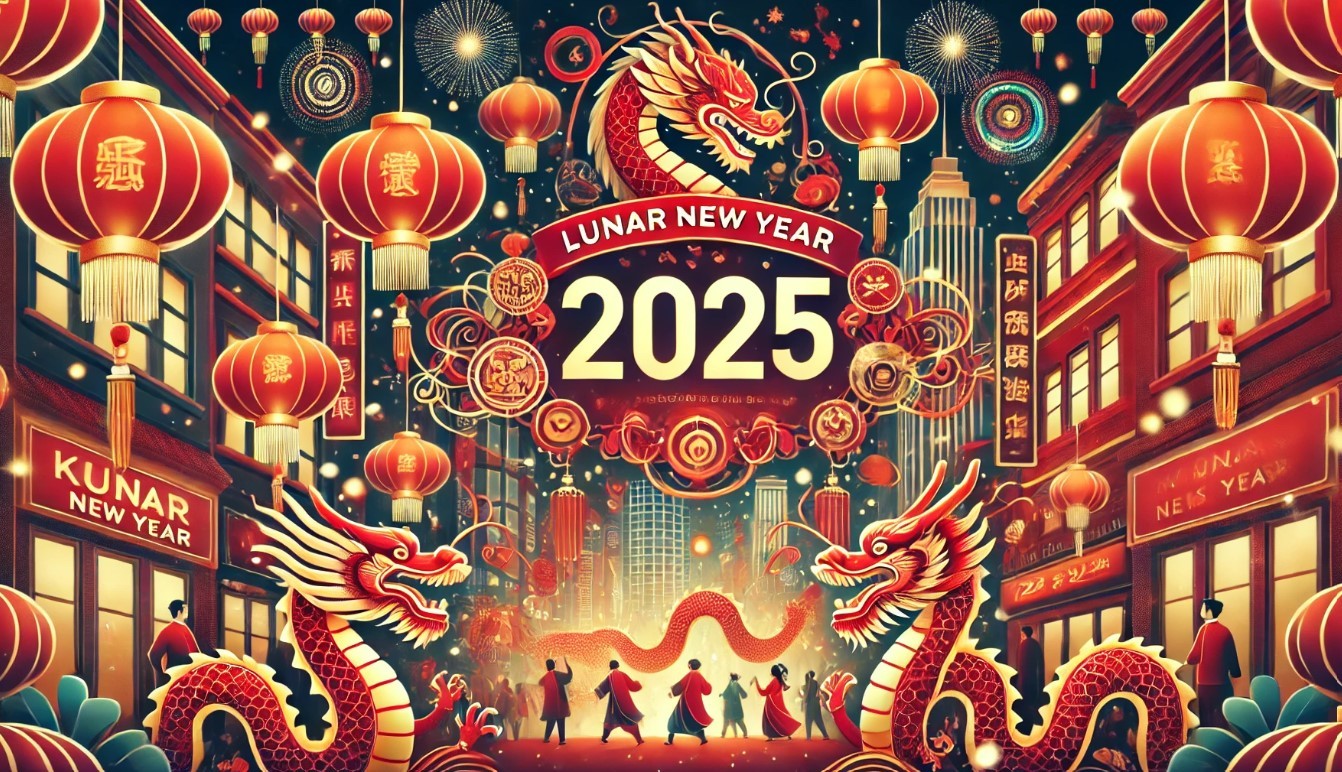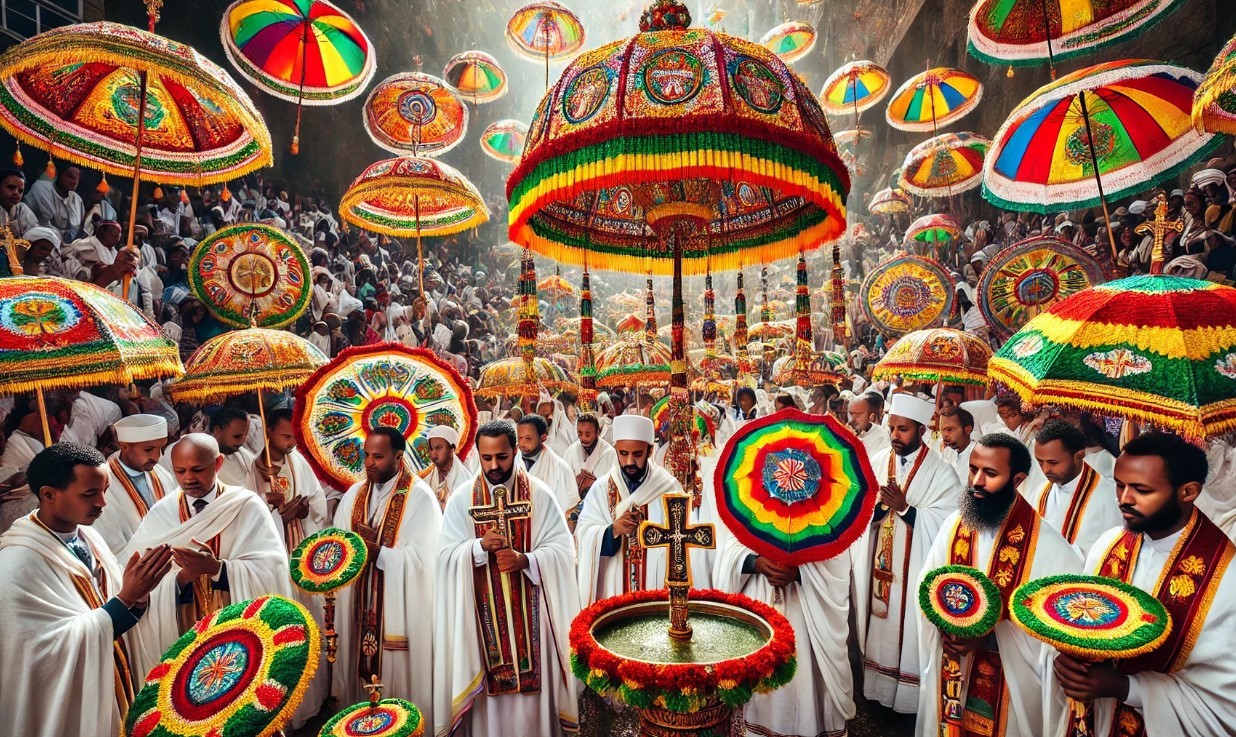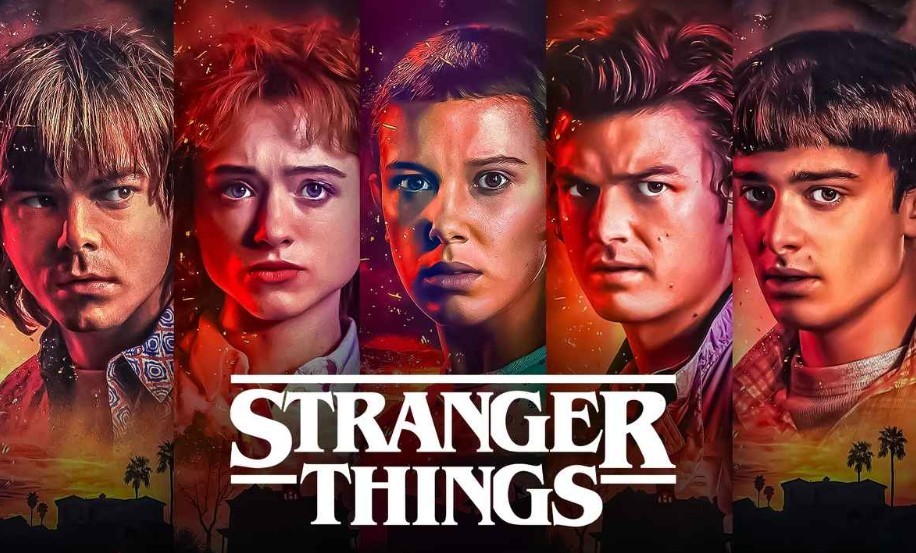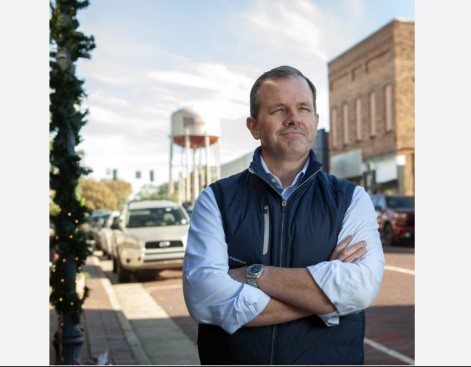St Patrick’s Day (March 17): History, Meaning, Celebration, Food And Jokes
| Contents |
When is St. Patrick's Day?
St. Patrick's Day is a national holiday in the Republic of Ireland and a bank holiday in Northern Ireland. If March 17th falls on a weekend, Northern Ireland will observe a holiday on the following Monday.
St. Patrick's Day will be celebrated on Sunday, March 17, 2024.
 |
| St Patrick’s Day (March 17): History, Meaning, Activities And Jokes. Photo KnowInsiders |
Is St. Patrick's Day always on March 17?Excellent query. Yes, is the response! The first recorded celebrations of St. Patrick's Day date from the 1600s in Ireland. It started out as a religious holiday honoring the passing of St. Patrick, the patron saint of Ireland and the man who introduced Christianity to the nation. The date is still March 17 since it's a Christian feast day. This brings to mind St. Patrick's Day's past: According to Time, Irish-Americans created the holiday as we know it today, complete with parades, celebrations, and more. This was in the 1800s. Large-scale festivities were being held in major cities like Boston, New York, and Chicago in the days preceding March 17 for everyone to participate in by the end of the century. Ironically, modern St. Patrick's Day celebrations are more American than Irish! |
Who Was St. Patrick?
St. Patrick, who lived in the fifth century, is Ireland's patron saint and national apostle. Born in Roman Britain, he was kidnapped and brought to Ireland as a slave when he was 16 years old. He later escaped, but returned to Ireland and was credited with introducing Christianity to the people.
In the centuries following Patrick's death (believed to have occurred on March 17, 461), the mythology surrounding his life became increasingly ingrained in Irish culture. Perhaps the most well-known legend about St. Patrick is that he explained the Holy Trinity (Father, Son, and Holy Spirit) with the three leaves of a native Irish clover, the shamrock.
When Was the First St. Patrick’s Day Celebrated?
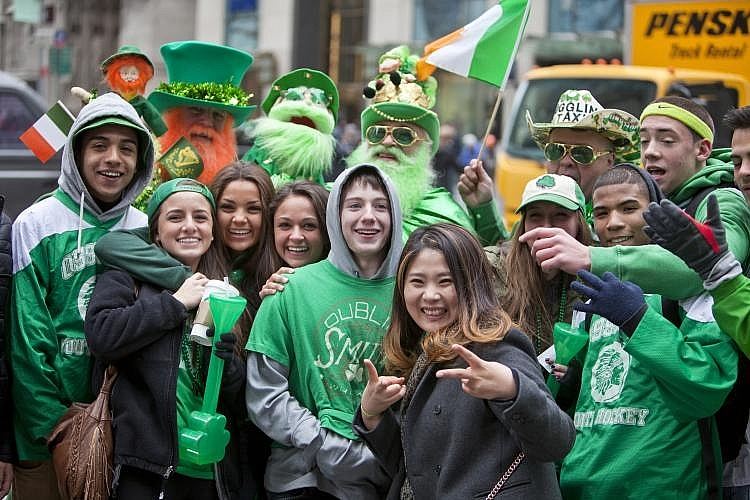 |
| Photo history |
March 17 is St. Patrick's Day, a Roman Catholic holiday observed in Ireland since the ninth or tenth century. America hosted the first St. Patrick's Day parade, not Ireland. Documents indicate that on March 17, 1601, a St. Patrick's Day procession took place in a Spanish settlement in the present-day state of St. Augustine, Florida. The Irish vicar of the Spanish Colony, Ricardo Artur, was responsible for organizing both the parade and a St. Patrick's Day celebration a year earlier.
On March 17, 1772, more than a century later, homesick Irish soldiers in the English military marched through New York City in honor of the patron saint of the Irish. From there, the excitement for the St. Patrick's Day parades in Boston, New York City, and other early American cities only intensified.
What is the True Irish Meaning of Saint Patrick’s Day?
Our cherished patron saint, Saint Patrick, was born on March 17, which has been observed as a religious feast day for more than a millennium.
As the person who introduced Christianity to the Emerald Isle, St. Patrick is revered by Irish Catholics and was a missionary to Ireland, according to history.
Because canonizations were done at the regional level in the past, even though Patrick is listed among the Saints, he has never been formally declared a saint by a pope. The Franciscan scholar Luke Wadding, who was born in Waterford, was instrumental in getting the feast day officially added to the Catholic Church's liturgical calendar in the early 1600s.
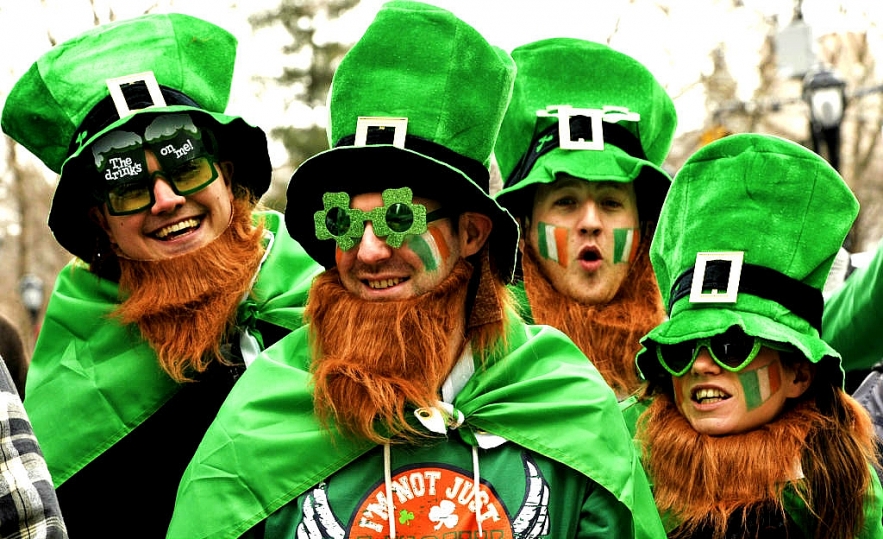 |
| Photo tiqets |
For Catholics, it has since become a holy day of obligation, requiring them to attend Mass. Prior to the 1700s, the majority of people who celebrated St. Patrick's Day did so in Ireland, where it was a solemn religious event primarily dedicated to prayer.
The Bank Holiday (Ireland) Act 1903 made St. Patrick's Day an official public holiday in Ireland, but this didn't happen until 1903. Irish Member of Parliament James O'Mara introduced this act and was also in charge of the law requiring bars to close on March 17.
Before the 1970s and the lifting of the alcohol prohibition, Irish family celebrations were typically very different from the festive mood of the present day. Since St. Patrick's Day usually falls during Lent, a Christian season, Mass was attended in the morning, and the afternoon was dedicated to festivities. During a typically more solemn period on the Christian calendar, families rejoiced and sang, lifting the Lenten ban on meat consumption for the day.
In actuality, the Royal Dublin Dog Show was the only location in Ireland where one could purchase a drink on March 17 prior to the repeal of the drinking ban.
When did the meaning of Saint Patrick’s Day change?
It's possible that St. Patrick's Day was exclusively created by Irish-Americans before it developed into the chaos that it is today known for. While the feast day has been celebrated in Ireland since the ninth or tenth century, the first parade happened in New York City in 1762 when Irish soldiers serving in the English military marched through Manhattan to a nearby tavern.
With the New York Irish Aid societies organizing the first official parade in 1848—the oldest civilian parade in the world and the biggest in the US—patriotism among Irish immigrants in America grew. It wasn't until 1931 that the Irish Free State saw its first parade.
In 1995, the Irish government recognized the potential tourism benefits of celebrating Paddy's Day and the chance to market the nation's sights and culture to a global audience. This marked the beginning of Paddy's Day promotion in Ireland.
This led to the establishment of the St. Patrick's Day Festival, which has grown into the multi-day event that Dublin hosts today, attended by almost a million people every year.
Is the meaning of Saint Patrick’s Day to promote Irish culture?Saint Patrick's Day is the biggest day of the year when we get to sell our little island to the major players in the world and persuade them to keep coming to our shores and doing business with us. Some people love it, while others hate it. Although the now-famous shamrock ceremony in the White House was initiated in 1952 by Ireland's ambassador to the US, John Hearne, is a relatively new phenomenon, there have been other occasions in history when St. Patrick's Day was utilized to highlight Irish culture. Because of Ireland's penal laws, some Irish people started using St. Patrick's Day to promote Irish culture and tradition in the 18th century. The custom of wearing shamrocks was started to demonstrate their Irish Christian pride, but the day's main focus remained Catholicism. |
Why do we wear green on St Patrick’s Day?
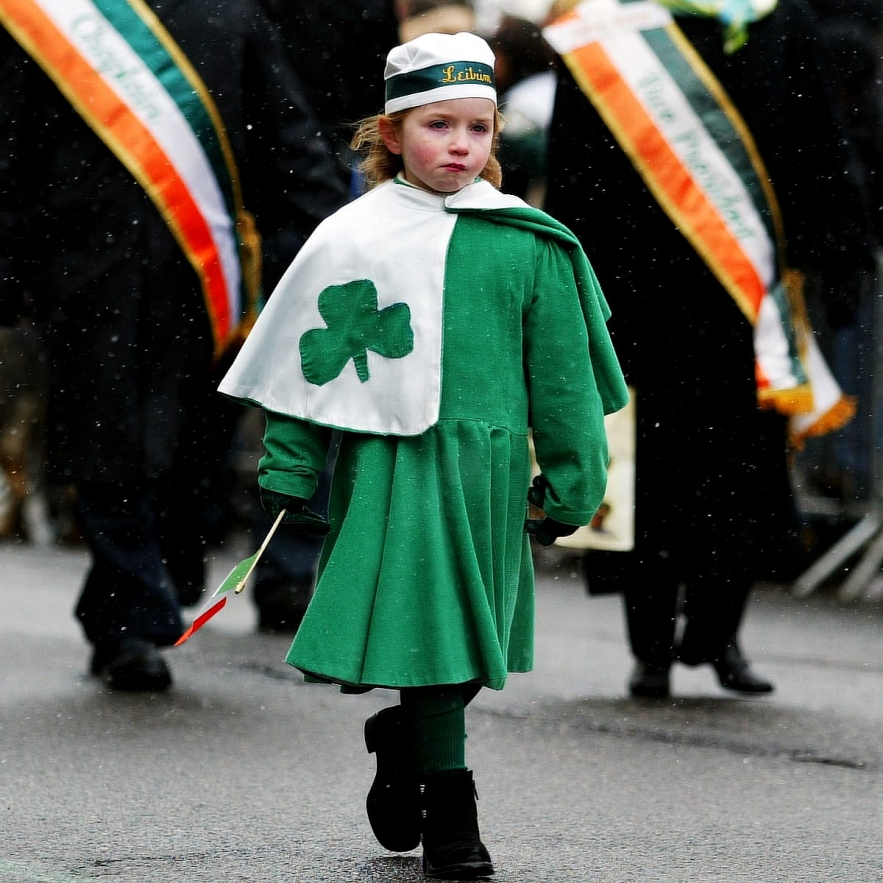 |
| Photo history |
Green wasn't traditionally connected to Ireland. The Emerald Isle was once associated with the color blue, despite what its verdant hills would have you believe. Ireland was also linked with the color blue because Henry the VIII flew a blue flag when he declared himself king of Ireland in the 1500s. Nevertheless, when the Irish rebelled against the English in 1641, green was chosen as the color of the flag. Green eventually came to represent Ireland's pride as a nation.
In the 1800s, dressing in green became popular during St. Patrick's Day parades and festivities in the United States. Irish-Americans utilized it as a symbol to respect their ancestry, and it still appears to be relevant today.
St Patrick’s Day Traditions
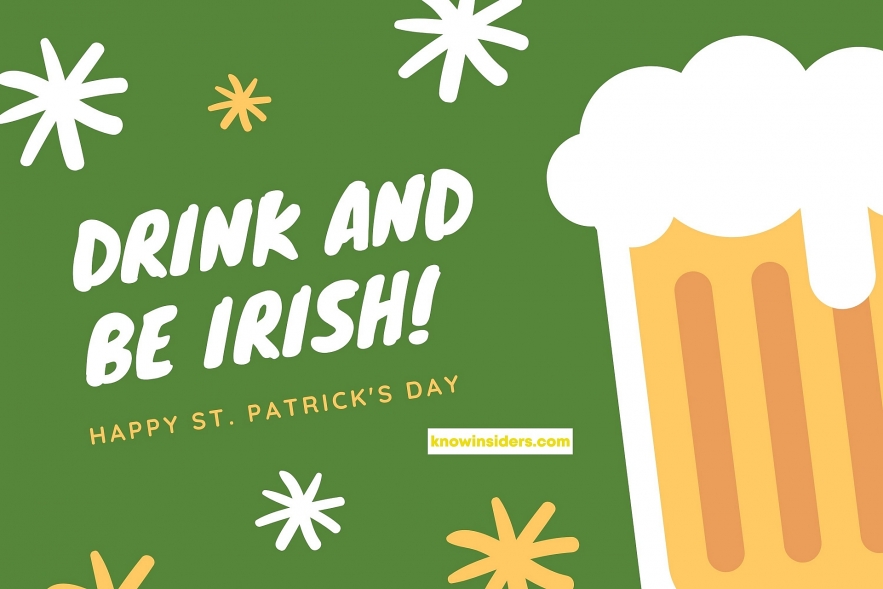 |
| Photo KnowInsiders |
1. Eating corned beef and cabbage … and bacon!
It may surprise you to learn that corned beef and cabbage is more of an Irish American custom than an Irish one. In the past, the meat of choice for St. Patrick's Day was actually Irish bacon, which is cured pork. Irish Americans in New York City didn't start eating corned beef until the early 1900s since it was far less expensive. Another reason cabbage gained popularity was that it was inexpensive and easily accessible.
2. Rocking shamrocks
Shamrocks are a must for clothing and décor on St. Patrick's Day. Time claims that since clovers and shamrocks were inexpensive and easily obtained, Irish people started wearing them to church services in the 1600s. The shamrock was designated as the national symbol of Ireland in a 1726 treatise by Irish cleric Caleb Threlkeld, who wrote, "This Plant is worn by the People in their Hats upon the 17. Day of March yearly, (which is called St. Patrick's Day.)According to current tradition, he symbolically revealed to them the mystery of the Holy Trinity through this three-leafed grass.
3. Drowning the shamrock
We use shamrocks for more than just wearing them to commemorate St. Patrick's Day. "Drowning the shamrock" is said to bring good fortune, though it might give you a headache on March 18. Legend has it that Saint Patrick himself entered a bar and was given a half-empty glass of whiskey. The bartender was terrified straight when the saint told him that the devil targets the dishonest; the next time Saint Patrick came to the bar, everyone's whiskey glasses were full. These days, as a toast to the man who supposedly drove the snakes out of Ireland, shamrocks are dipped into the last glasses of whiskey (or whatever you're drinking!) at closing time on St. Patrick's Day.
4. Enjoying some Guinness
Guinness is always popular in Ireland, but enjoys a special boon in business on St. Patrick’s Day stateside: The brand revealed to USA Today that five times more Guinness (3 million versus 600,000) pints are sold on St. Patrick’s Day than any other day of the year in the U.S.
5. Looking for leprechauns
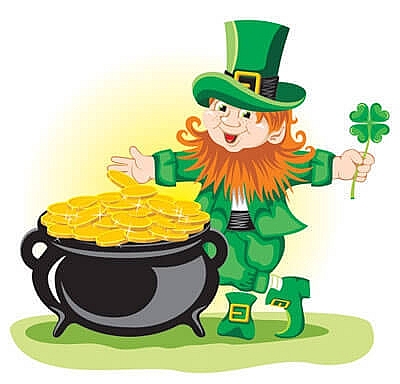 |
| Photo kidszworld |
There are several ways to trace the origins of leprechauns: The term "leprechaun," despite being most obviously associated with sprites and fairies in terms of their magical origins, may have two distinct roots: It was believed in the 700s that water spirits known as "luchorpán" and "leath bhrogan," which is Irish for "shoemaker," were small. According to some myths, you can locate a leprechaun by following the sound made by their cobbler's hammers tapping. Since leprechauns are only reported to be male, they must be made of magic because, well,
6. Irish music, both modern and of the traditional folk variety, is often played live.
An Irish social gathering known as a "céilí" usually revolves around dancing to traditional Irish music. Many of the musical instruments found in Ireland are given the opportunity to shine during performances on St. Patrick's Day. These include the Celtic harp, the fiddle, the bodhrán, a unique drum, and the uilleann pipes, which sound more like Scottish bagpipes but have a softer tone.
7.Church services honoring St. Patrick
At its core, St. Patrick’s Day is a religious holiday honoring Ireland’s patron saint, so many Catholics (especially, of course, Irish Catholics) mark the occasion by going to mass.
8. Dyeing the Chicago River green
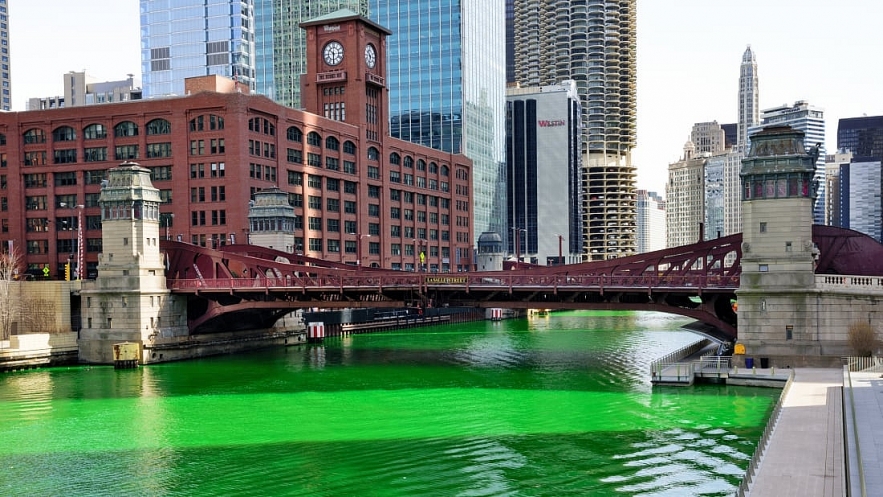 |
| Photo iStock |
Since 1962, Chicago has dyed its namesake river green every St. Patrick’s Day. The use of green dye started with a utilitarian purpose: City workers originally used green dye to trace unauthorized sewages, then realized it looks very festive!
9. The whole “kiss me, I’m Irish” thing
The Blarney Stone is the source of the expression "Kiss me, I'm Irish." According to an Irish legend, the ability to speak persuasively, charmingly, and elegantly is bestowed upon the bearer of the stone kiss at Blarney Castle. It's said that puckering up to an Irish person is the best thing to not being able to smooch the stone.
St Patrick’s Day Food
Shepherd's Pie
 |
| Photo Baltimore Magazine |
Shepherd's Pie is a classic meat-and-vegetable dish that makes a hearty main dish that is the perfect comfort food for any chilly winter night. Melissa d'Arabian's recipe is a tried-and-true recipe. Layer a flavorful, meaty base fortified with dark beer, topped with a cheesy, garlicky mashed potato topping and a generous sprinkle of cheddar.
Irish Soda Bread
Although baking bread is often associated with a lot of work, Ina's simple recipe for Irish Soda Bread requires no rising, kneading, or waiting. To bake a loaf with orange zest and currants that has a hint of sweetness, just toss the ingredients into the mixer.
Colcannon
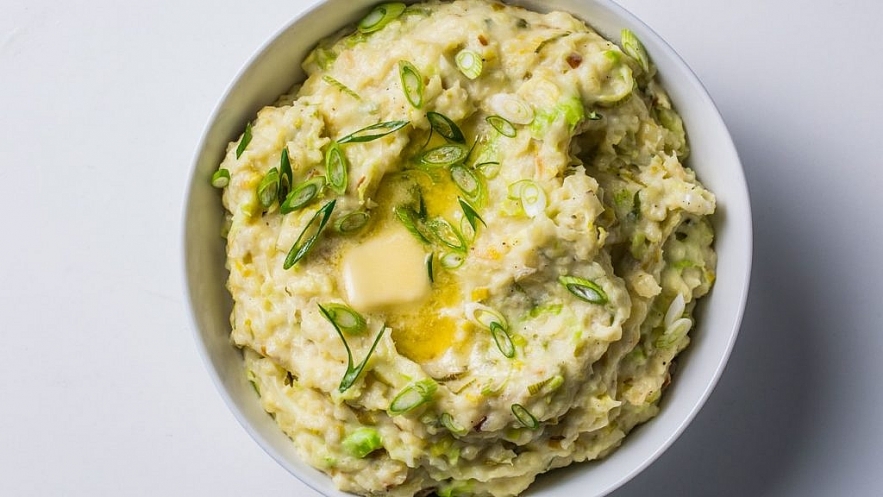 |
| Photo simply fresh events |
Serve up a traditional Irish side that one-ups mashed potatoes. Tyler Florence's Colcannon recipe is made with mashed potatoes and cabbage, and it's killer against that corned beef you already have in the works.
Sauteed Cabbage
Throughout history, plentiful and nutrient-rich cabbage has been a mainstay in Ireland. Ina Garten's Sauteed Cabbage celebrates this sturdy vegetable, by sauteing it simply with butter, salt and pepper.
St Patrick's Day Jokes
- Why should you never lend money to a leprechaun? They always come up short.
- What did the naughty leprechaun get on Christmas? A pot of coal!
- What do you call a person who robs you on St. Paddy's Day? A lepre-con!
- Who catches the lepre-cons? Under-clover cops!
- What did St. Patrick say to the snakes? He told them to hiss off!
- How did the leprechaun win the race? He took a shortcut.
- How does a leprechaun work out? By pushin' his luck!
- "Knock, knock." "Who's there?" "Irish." "Irish who?" "Irish you a happy St. Paddy's Day!"
- "Knock, knock." "Who's there?" "Ireland." "Ireland who?" "Ireland you some money if you pay me back!"
- "Knock, knock." "Who's there?" "Warren." "Warren who?" "You warren anything green for St. Patrick's Day?"
- "Knock, knock." "Who's there?" "Clover." "Clover who?" "Clover here and I'll tell ya."
- "Knock, knock." "Who's there?" "Pat." "Pat who?" "Pat your jacket on, we're late to the St. Patrick's Day parade!"
- "Knock, knock." "Who's there?" "Irish." "Irish who?" "Irish you'd kiss me!"
- "Knock, knock." "Who's there?" "Shepherd." "Shepherd who?" "Shepherd spy is watching you!"
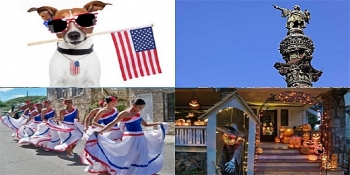 March US Calendar with Holidays and Celebrations March US Calendar with Holidays and Celebrations Check out the full list and the major of US calendar in March 2022 with National Day Holidays, Observances and Celebrations. |


